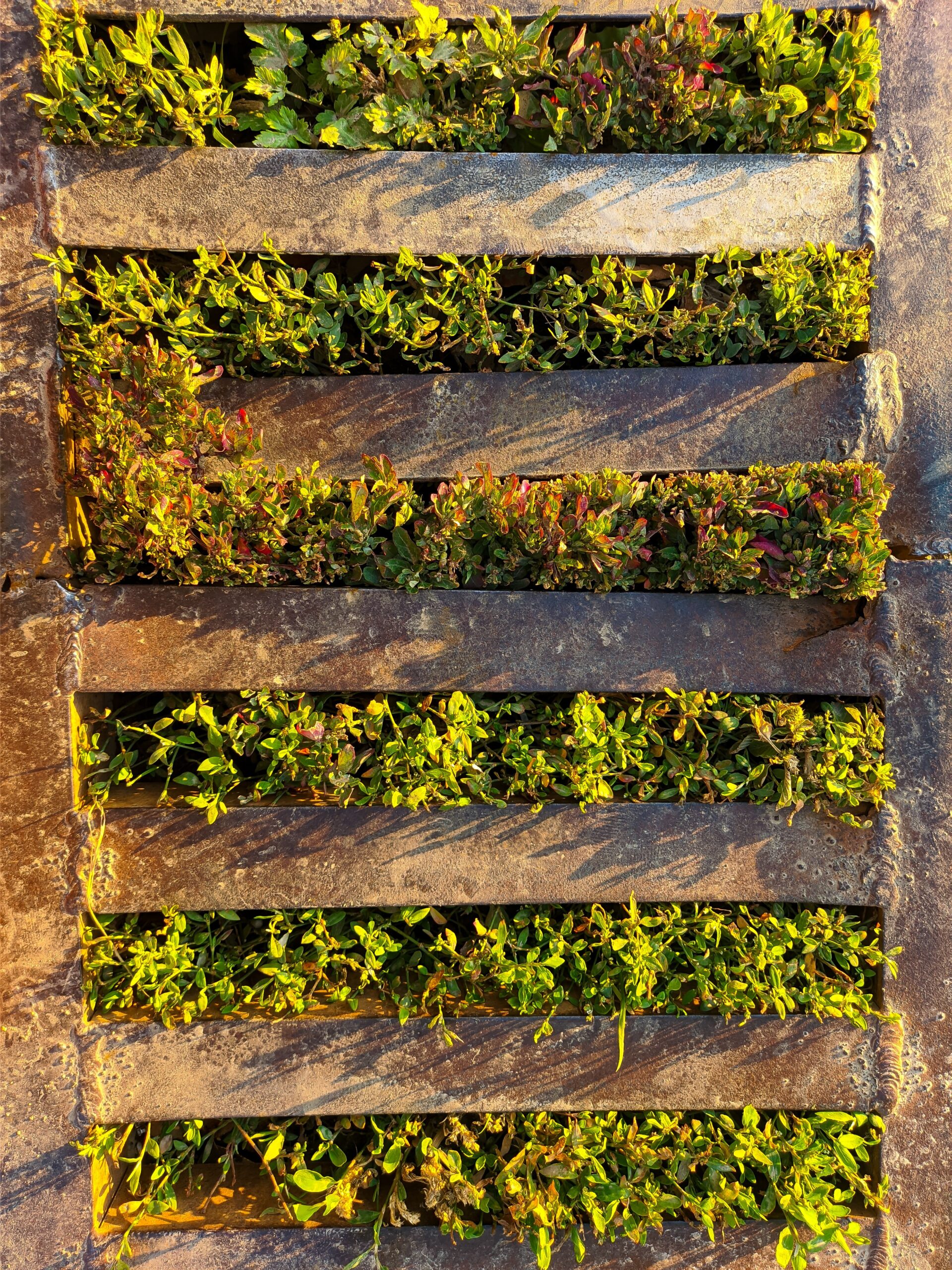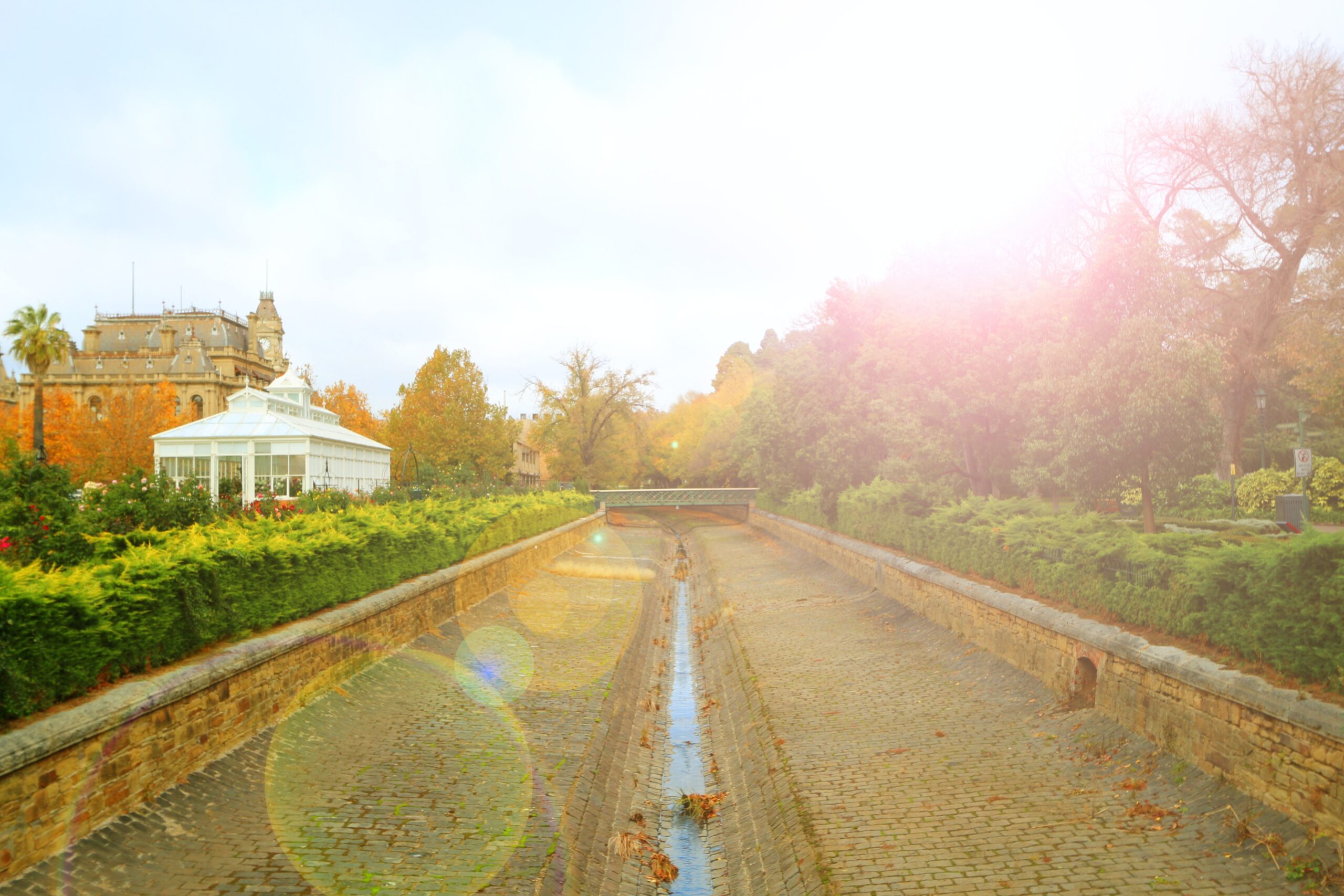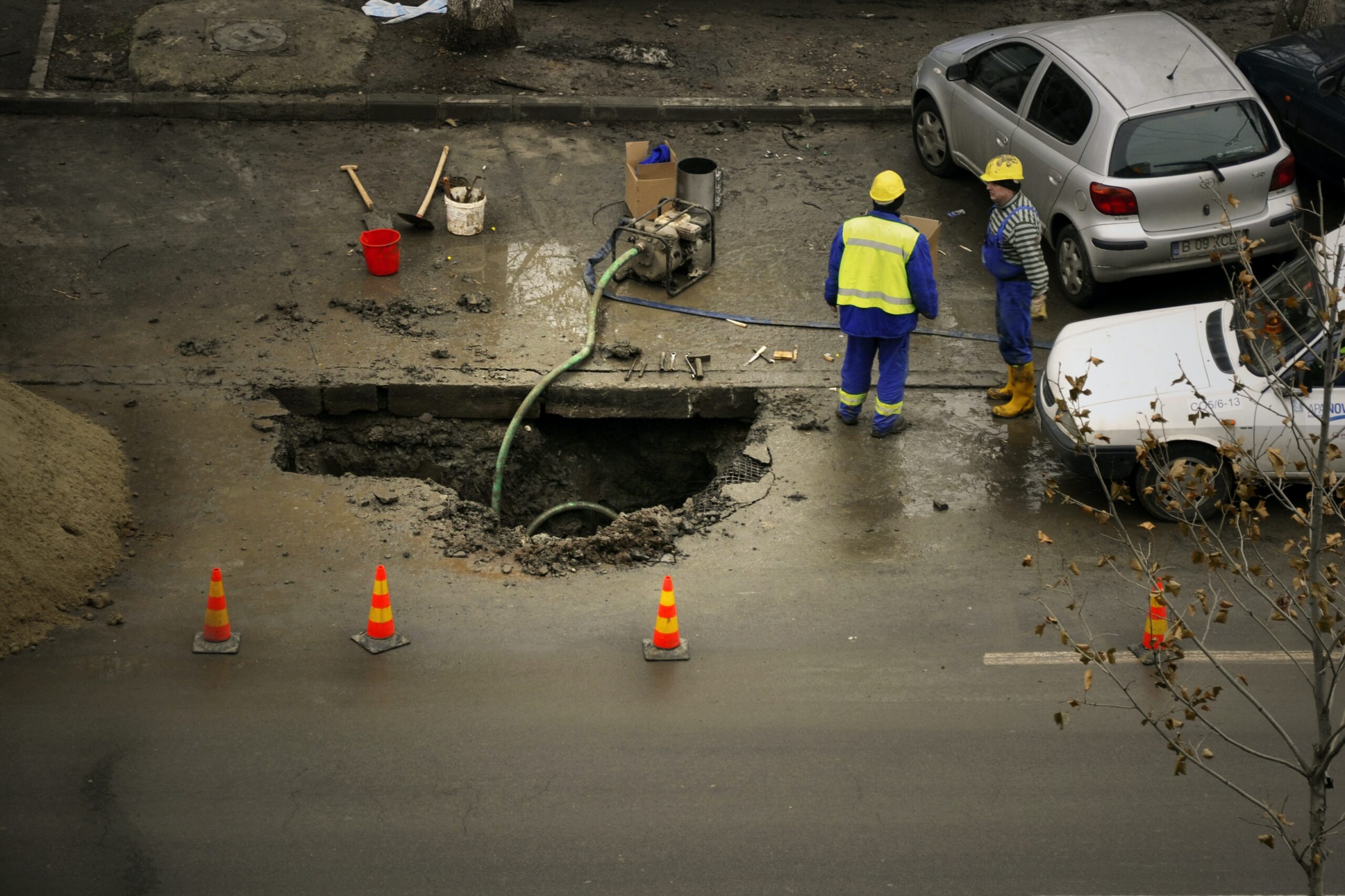
When it comes to water drainage, finding the best solution can be crucial for maintaining the integrity of your property. Whether it’s preventing excessive water damage or ensuring proper irrigation, understanding what works best can save you time, money, and headaches. From innovative drainage systems to eco-friendly options, this article explores various strategies and materials that can effectively manage water runoff. So, if you’re wondering what measures are most effective for water drainage, read on to discover the answers you’ve been seeking.

Types of Drainage Systems
Surface Drainage
Surface drainage refers to the process of removing excess water from the surface of a land area. It involves the use of various techniques to direct water away from the desired area. Surface drainage systems are commonly used to prevent water accumulation and reduce the risk of flooding. They typically include features such as grading and sloping, swales and ditches, and French drains.
Subsurface Drainage
Subsurface drainage is the process of removing water from below the surface of the soil. It is particularly useful in areas with high groundwater levels or poorly drained soils. Subsurface drainage systems typically involve the installation of perforated pipes, drainage tiles, or specialized agricultural drainage systems. These systems help to lower the water table and improve soil conditions.
Combined Drainage
Combined drainage systems combine elements of both surface and subsurface drainage. They are designed to address a wide range of water drainage issues by utilizing a variety of techniques. Some common combined drainage techniques include the use of retention ponds, rain gardens, and green roofs. These systems help to manage both surface and subsurface water runoff effectively.
Factors Affecting Water Drainage
Topography
The topography of a site plays a crucial role in determining the efficiency of water drainage. The slope and elevation of the land influence the direction and speed of water flow. Steeper slopes tend to promote faster surface runoff, while flatter areas may experience water pooling. Understanding the topography of a site is essential for designing an effective drainage system.
Soil Type
Different soil types have varying abilities to absorb and drain water. Sandy soils, for example, have larger particles and tend to drain more quickly. Clay soils, on the other hand, have smaller particles and retain water for longer periods. The soil’s permeability and water-holding capacity greatly impact the effectiveness of drainage systems. It is important to analyze the soil composition to determine the appropriate drainage techniques to implement.
Precipitation
The amount and intensity of precipitation greatly influence water drainage requirements. Areas with high rainfall or frequent storms may require more robust and efficient drainage systems. The volume of water and the duration of rainfall events directly affect the capacity and design of drainage systems. Understanding the local precipitation patterns is crucial for proper water management.
Vegetation Cover
Vegetation plays an important role in water drainage. Dense vegetation, such as forests or thick grass cover, can slow down surface runoff by absorbing water and promoting infiltration. In contrast, areas with minimal vegetation may experience higher surface runoff and reduced water absorption. The type and density of vegetation in an area should be considered when designing a drainage system.
Importance of Water Drainage
Prevents Water Accumulation
One of the primary reasons for implementing a proper drainage system is to prevent water accumulation. Excess water can lead to surface flooding, which poses a threat to both people and property. By efficiently draining away water, the risk of water accumulation and subsequent damage can be significantly reduced.
Reduces Soil Erosion
Water runoff can cause significant soil erosion, leading to the loss of fertile topsoil. An effective drainage system helps to control the flow of water, preventing erosion and preserving the integrity of the soil. By reducing soil erosion, drainage systems contribute to sustainable land management and maintain healthy soil conditions.
Prevents Water Damage to Structures
Water accumulation around structures can cause severe damage. Poor drainage can lead to the deterioration of foundations, basement flooding, and damage to infrastructure such as roads and pavements. By directing water away from structures, a well-designed drainage system helps to protect buildings and infrastructure from water-related damage.
Surface Drainage Techniques
Grading and Sloping
Grading and sloping involve shaping the land to create surface slopes that direct water away from desired areas. By manipulating the topography, water can be naturally directed towards drainage points or away from vulnerable structures. Proper grading and sloping ensure efficient surface water drainage.
Swales and Ditches
Swales and ditches are shallow, vegetated channels designed to collect and convey surface water runoff. They can be used to redirect water away from critical areas, promote infiltration, and slow down the flow of water. Swales and ditches are effective in managing surface water drainage in residential, commercial, and agricultural settings.
French Drains
French drains are underground drainage systems that collect and redirect subsurface water. They consist of a perforated pipe installed in a trench filled with gravel or crushed stone. The pipe collects water and allows it to flow away from the desired area, preventing water accumulation. French drains are commonly used to alleviate groundwater pressure and prevent basement flooding.

Subsurface Drainage Techniques
Perforated Pipes
Perforated pipes are commonly used in subsurface drainage systems. These pipes have evenly spaced holes or slots that allow water to enter the pipe. The water is then redirected away from the area of concern, relieving excess moisture in the soil. Perforated pipes are effective in managing high water tables or poorly drained soils.
Drainage Tiles
Drainage tiles, also known as drain tiles or agricultural tiles, are underground drainage systems typically used in agricultural settings. They consist of a network of pipes or tiles placed vertically or horizontally below the soil surface. Drainage tiles reduce soil moisture levels and improve soil aeration, promoting optimal growth conditions for crops.
Agricultural Drainage Systems
Agricultural drainage systems are designed specifically to manage water drainage in agricultural lands. These systems involve various techniques, such as subsurface drains, contouring, and land leveling. By controlling soil moisture levels, agricultural drainage systems enhance crop productivity and help prevent waterlogging.
Combined Drainage Techniques
Retention Ponds
Retention ponds, also known as detention ponds, are shallow depressions designed to retain and temporarily store excess surface water. They help manage both surface and subsurface water runoff, reducing the risk of flooding. Retention ponds often include vegetation and sedimentation basins to improve water quality and promote natural filtration.
Rain Gardens
Rain gardens are landscaped areas specifically designed to capture and absorb rainwater runoff. They consist of deep-rooted plants and layers of permeable soil that help slow down and filter stormwater. Rain gardens are aesthetically pleasing and provide an environmentally friendly solution for managing surface water runoff.
Green Roofs
Green roofs are roofing systems covered with vegetation, creating an additional layer of vegetation that helps absorb and retain rainwater. They reduce the volume and speed of runoff, improving water drainage and reducing the strain on existing drainage systems. Green roofs also provide additional insulation and enhance air quality.

Choosing the Right Drainage System
Evaluate the Site
When choosing a drainage system, it is vital to evaluate the specific site conditions. Factors such as topography, soil type, precipitation patterns, and existing vegetation cover should be carefully assessed. Understanding the unique characteristics of the site will inform the selection of the most suitable drainage techniques.
Consider Climate and Weather Patterns
The local climate and weather patterns play a significant role in determining the appropriate drainage system. Areas with high precipitation or frequent storms require robust and efficient drainage solutions. Consideration should be given to the volume and intensity of rainfall, as well as the duration of wet seasons.
Consult with Experts
Consulting with drainage experts or landscape professionals is highly recommended when selecting and designing drainage systems. These experts have the knowledge and expertise to assess site conditions accurately and recommend the most effective drainage techniques. Their experience can help ensure the longevity and efficiency of the chosen drainage system.
Maintenance of Drainage Systems
Regular Inspections
Regular inspections are essential to ensure the proper functioning of drainage systems. Inspections should be conducted at least once a year, or after significant weather events, to identify any issues or potential problems. Checking for signs of clogging, damage, or inadequate capacity is crucial to maintain optimal water drainage.
Clearing Debris
Regularly clearing debris, such as leaves, branches, or sediment, from drainage system components is necessary for their efficient operation. Debris can clog pipes, ditches, or swales, impeding water flow and reducing the effectiveness of the drainage system. Regular maintenance should include the removal of debris to prevent blockages.
Repairing and Upgrading
If any damage or issues are identified during inspections, prompt repairs or upgrades should be undertaken. Addressing problems immediately helps prevent further damage to the drainage system and minimizes the risk of water-related issues. Upgrades may also be necessary to accommodate changes in water drainage requirements due to land use changes or increased precipitation.
Potential Issues and Troubleshooting
Clogging
One common issue with drainage systems is clogging, which occurs when debris or sediment accumulates and obstructs the flow of water. Regular inspections and maintenance are essential for identifying and addressing clogging issues. Clearing debris, flushing pipes, and implementing sediment traps can help prevent or resolve clogging problems.
Inadequate Capacity
Drainage systems that are undersized or poorly designed may not have the capacity to handle the volume of water runoff. Inadequate capacity can lead to water accumulation and increased flood risk. It is crucial to design drainage systems based on the specific water drainage requirements, taking into account local rainfall patterns and land characteristics.
Improper Sloping
Improper sloping can result in inefficient water drainage. If the land is not sloped correctly, water may not flow in the desired direction or may accumulate in certain areas. It is important to ensure proper grading and sloping during the design and installation of drainage systems to promote effective water flow.
Sustainable Drainage Solutions
Rainwater Harvesting
Rainwater harvesting involves collecting and storing rainwater for later use. It reduces the demand for freshwater and can help alleviate water drainage issues. Rainwater can be collected from rooftops, paved surfaces, or specially designed rain gardens. Implementing rainwater harvesting systems promotes sustainable water management and conservation.
Permeable Paving
Permeable paving is an innovative solution that allows rainwater to permeate through the pavement and infiltrate the ground below. Unlike traditional impervious surfaces, such as concrete or asphalt, permeable paving reduces surface runoff and promotes groundwater recharge. It is an effective technique for managing surface water drainage and minimizing the strain on drainage systems.
Constructed Wetlands
Constructed wetlands are engineered systems designed to mimic natural wetland environments. They use vegetation, soil, and water storage areas to collect and treat stormwater runoff. Constructed wetlands help remove pollutants, promote water infiltration, and enhance biodiversity. They provide a sustainable solution for water drainage while improving water quality.
In conclusion, choosing the right drainage system is crucial for managing water effectively and preventing water-related issues. By considering factors such as topography, soil type, precipitation, and vegetation cover, the most suitable drainage techniques can be identified. Regular maintenance and prompt troubleshooting are essential for ensuring the optimal functioning of drainage systems. Incorporating sustainable drainage solutions, such as rainwater harvesting, permeable paving, and constructed wetlands, can promote water conservation and minimize environmental impact. With the right drainage system in place, you can prevent water accumulation, reduce soil erosion, and protect structures from water damage.





